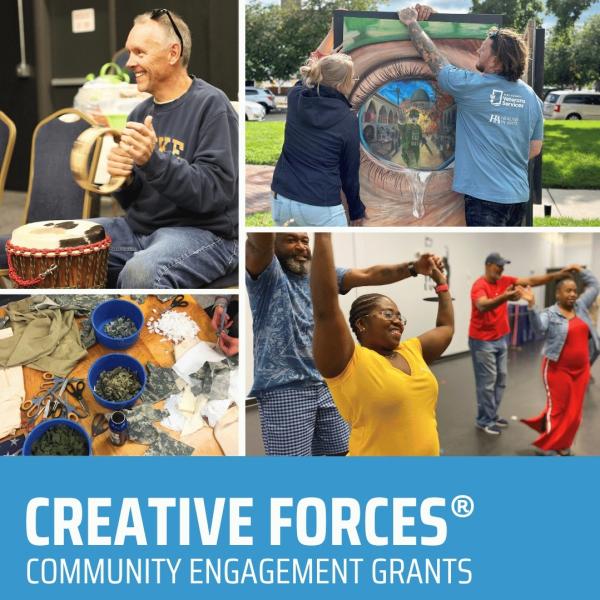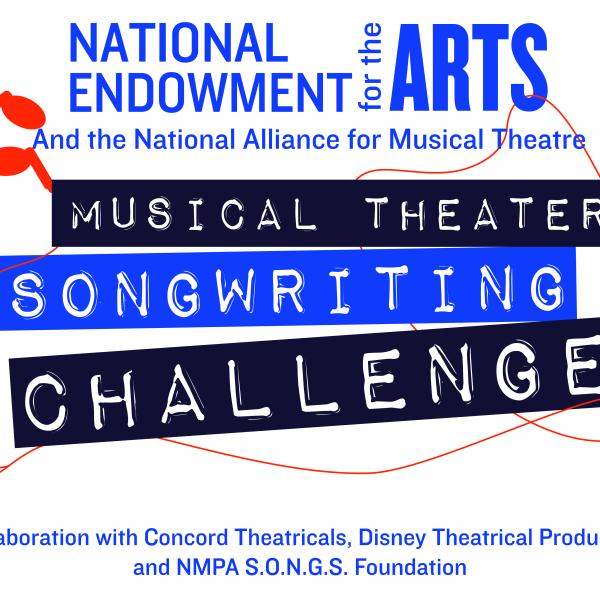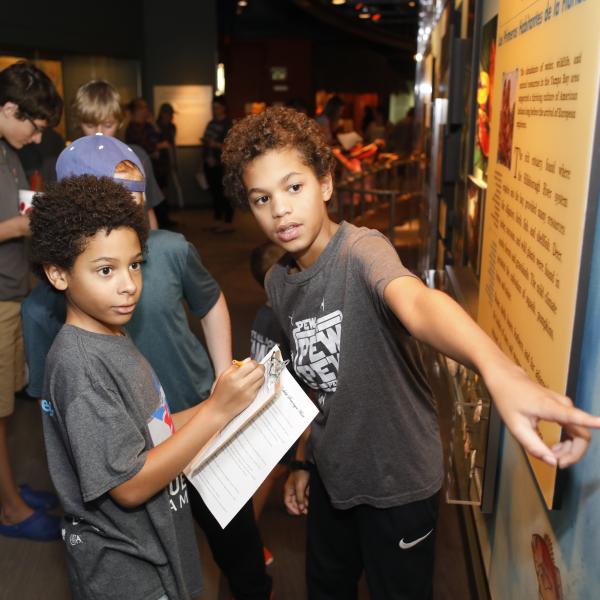Statement by National Endowment for the Arts Chair Maria Rosario Jackson, PhD on National Native American Heritage Month
Each year in November, National Native American Heritage Month is celebrated to highlight the remarkable histories, contributions, and traditions of Native Americans and Alaska Natives. These contributions have shaped our nation. The NEA celebrates the rich and dynamic expressive arts and cultures of Native peoples and acknowledges the central role the arts play in Native community life. Throughout American history, Native Americans have experienced turmoil, great hardship, and generational pain regarding the land on which they were the first peoples. As the United States strengthens its commitments and addresses trust and treaty responsibilities with tribal nations, our country’s efforts to support Native arts and culture must be prominently on that agenda.
The arts serve as a critically important component in for the ways in which Native peoples tell their own stories and forge their futures. The NEA is committed to our engagement with Native arts, languages, and tribes. This year, the NEA introduced the Equity Action Plan for fiscal years 2022-2026, which builds on our continued efforts to expand inclusion and equity to Native communities and tribal colleges and universities.
The arts also serve as a critical piece of Nation-to-Nation work. The NEA works in consultation with tribal nations to inform its policies and guidelines. The NEA Tribal Consultation Policy was developed in dialogue with elected tribal leaders. Tribal consultation helps to build relationships between the NEA and federally recognized tribes by engaging in open, continuous, and meaningful consultation. It is the NEA’s goal that effective consultation will lead to information exchange, mutual understanding, and informed decision-making among all parties.
In 2020, the NEA helped make possible a first-of-its-kind national convening titled Native Arts & Culture: Resilience, Reclamation, and Relevance. Co-hosted with National Endowment for the Humanities and Native Arts and Cultures Foundation, the convening focused on Native arts and humanities and bolstered Native leadership, amplified truth-telling, and communicated the importance of equitable resources for Native artists and culture bearers.
We know that the preservation of Native heritage, customs, language, and arts are key to the well-being and advancement of our nation’s next generation. The NEA is a proud signatory to an interagency Memorandum of Agreement supporting Native languages.
Likewise, support for heritage preservation and celebration can be found in our NEA National Heritage Fellowship program, which recognizes and honors artists who demonstrate excellence in their craft. More than 70 Native artists have received the fellowship, including the following:
- 2022 fellow TahNibaa Naataanii (Navajo/Diné), whose weaving has immeasurably impacted both tradition and contemporary textile arts.
- 2020 fellow Wayne Valliere (Lac du Flambeau Ojibwe), a birchbark canoe builder who shares traditions, trains apprentice builders, and emphasizes the historical importance of the canoes for transportation, hunting, and harvesting.
- 2018 fellow Kelly Church (Anishinabe [Gun Lake Band]),a black ash basketmaker whose process is an awe-inspiring and learning experience that includes discussions in biochemistry, forest management, invasive pest control, traditional language skills, and deep personal memories of family history.
- 2010 fellow Gladys Kukana Grace (Hawaiian) learned the art of weaving lauhala (lau = leaf, hala = pandanus tree) from her maternal grandmother, Kukana, through a longstanding oral tradition and kept the traditional weaving from becoming a lost art.
- 2006 fellow Esther Martinez (Ohkay Owingeh), is a storyteller, linguist, and teacher who has been a major conservator of the Tewa language of the Northern Pueblos of New Mexico.
- 2002 fellows Rose and Francis Cree (Ojibwe), a married couple who collaborate in making willow baskets, and teaching young people. Both are also storytellers and keepers of Ojibwe cultural knowledge.
- 1996 fellow Eva McAdams (Shoshone), a regalia maker trained from childhood in beadwork and buckskin sewing.
- 1990 fellow Kevin Locke (Lakota and Anishnabe), a flute maker and musician who was trained from an early age in all forms of Lakota musical, oral, and dance traditions and become the foremost practitioner and scholar of the North American Indigenous flute.
- 1984 fellow Paul Tiulana (Inupiat), who grew up to become a leader in the preservation of Inupiat traditions and was an accomplished ivory carver, mask maker, singer, and drummer.
- 1982 fellow Georgeann Robinson (Osage) from the first class of Heritage Fellows, a ribbonworker who, with her two sisters, began to produce the old design of Osage ribbonwork, a form of needlework that they had learned from tribal elders.
The NEA has long supported arts organizations that work within Native American communities, with a snapshot of this being showcased in a recent issue of the NEA magazine American Artscape. The magazine illuminates the Native American artists and arts organizations that are telling their own stories, reclaiming their culture, and advancing Native American and Alaska Native communities’ equity and accessibility through the arts.
Native voices must be heard and we must acknowledge that Native narratives are told from more than one perspective or chapter of history. The NEA is honored to help highlight and provide a platform for the Native artists, leaders, youth, and changemakers who enrich our lives and bolster our nation with diverse cultures and world views, languages, stories, and innovations.
Please join us at arts.gov and our social media channels as the NEA’s celebration of National Native American Heritage Month continues and we share more stories about Native artists and arts organizations on our blog and weekly podcast.




